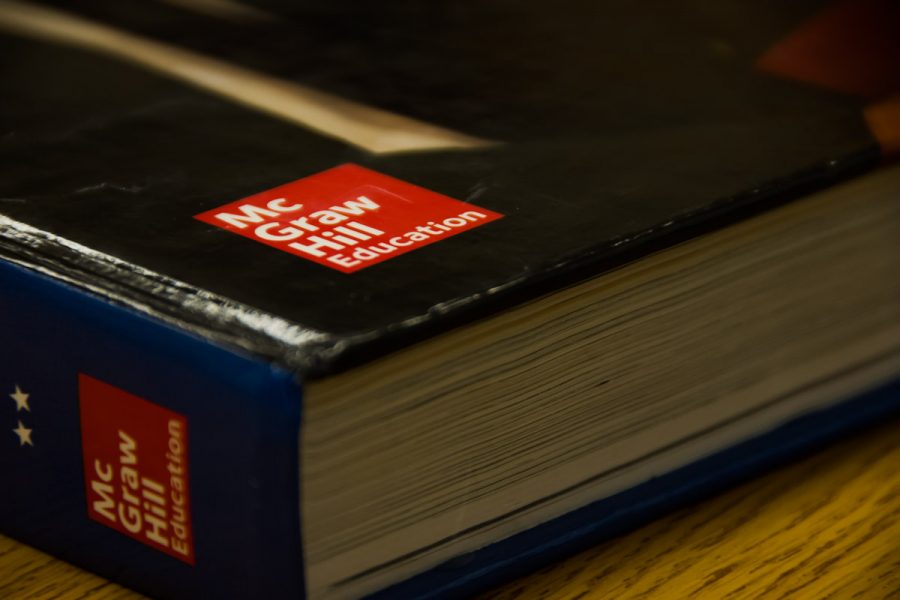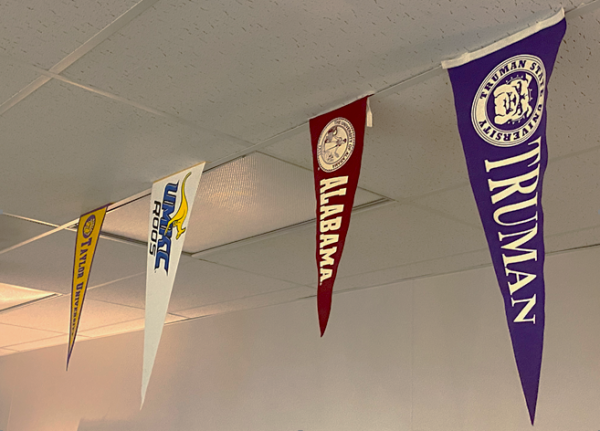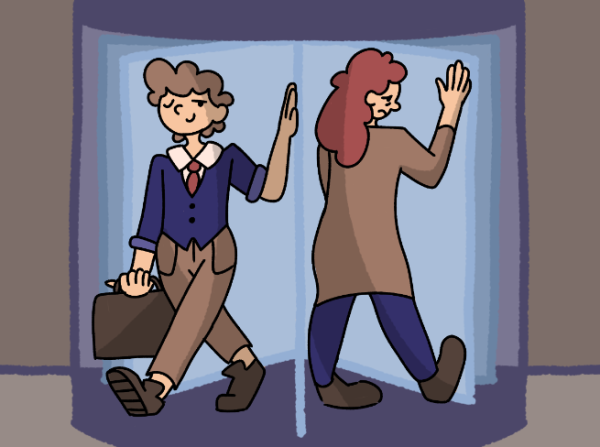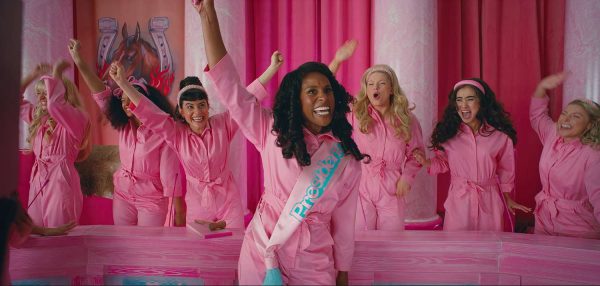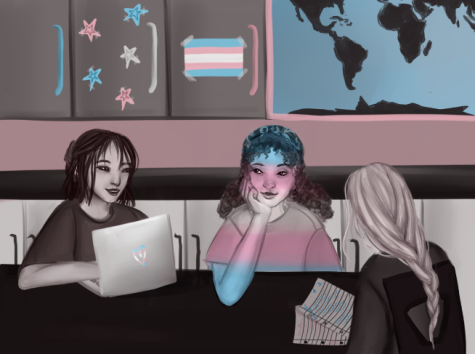Critical Race Theory necessary to address white washed curriculum
February 1, 2022
Despite several initiatives to diversify the textbooks taught in schools, many textbooks have not changed. In regards to the education system, “whitewashed,” is a term used to explain how many textbook curriculums are created to appeal to a majority white audience, rather than accurately explaining historical events. While some textbook companies are actively changing their text to improve accuracy and diversify the way schools are teaching history, there are still many books that have yet to make progress in their text. One book that has yet to change is “Know Alabama” by Frank Owsley, John Stewart and Gordon Chappell, a commonly taught book that poorly represents slavery and glorifies confederacy, according to the Birmingham Watch.
Even the textbook companies who did change their texts did not make the switch until after receiving considerable criticism. According to an article from huffpost.com, McGraw Hill faced backlash in October 2015 after Roni Dean-Barren, mother of 15-year-old Coby Burren, found that language used in a ninth grade world geography textbook was misleading. The textbook describes the Atlantic Slave Trade with a caption that states, “The Atlantic Slave Trade brought millions of workers.” Dean-Burren shared her criticism through an Instagram post, emphasizing in her caption that the textbook implies wages through the word choice of “workers” to describe enslaved peoples. Dean-Burren criticized the word “workers” because it implies that enslaved people were working for a wage and by choice. Although this may appear as a minor issue, over 5000 education institutions use McGraw Hill products, and by teaching historical events like the Atlantic Slave Trade with words that imply conditions were better than they were, schools fail to teach history accurately. Teaching a whitewashed history leaves out many important factors and events such as false narratives about Abraham Lincoln and misconceptions surrounding the Civil War. Lincoln is often praised for “morally abhorring” slavery, but despite that, he failed to argue for real equity between minority communities. These events are necessary for history to be taught accurately and to recognize and contextualize the oppression that impacts marginalized communities to this day. Critical Race Theory (CRT) is a theory that is more than 40 years old and aims to address the idea that racism is more than just prejudice but that it is embedded in social institutions, including the criminal justice system and education system, according to Education Week. Though several people are credited with CRT’s founding, Derrick Bell, civil rights lawyer, was one of the most important figures in its creation, according to the New Yorker. Bell argued that even after each wave of reformation, racism still plays a large role in marginalized communities’ lives because of its deep roots in America’s founding.
CRT’s goal is to address the term “colorblind” often used by American constitutional law. Rather than attempting to disregard race, CRT aims to educate people about how race is a systemic issue. There are 5 basic tenets of CRT, arguably the most significant component is the idea that race is a social construct. Race is a “human-invented classification system, which means that the current standards of teaching about race do not adequately educate students about how race plays a role in society. By teaching CRT, educators will be able to address how various historic events have integrated racism into policies that still impact communities. The theory was not made to attack white people for racism; instead, it addresses the systemic issues caused by racism. Bell’s studies focused on segregation in schools, and theorists continue to study social practices through CRT because racism can still be seen in educational policies. Activists are not arguing that white people are to blame but rather they need to address racism by educating themselves through CRT because the theory provides an explanation for racism still existing to this day.
Whitewashed teaching happens in more than just textbooks and can exist within the curriculum itself. The term also applies to the methods schools and teachers use to teach the material.
Elementary schools often depict Thanksgiving as a happy feast in which the English colonizers and Indigenous people were in unison. Accompanied by that lesson, students sometimes dress up in feathers and vests. The act of dressing up in Indigenous peoples’ clothing allows for the appropriation of historical events that are not correctly portrayed in schools. Thanksgiving was not the first interaction Native Americans had with colonizers, nor was it a unifying experience. Schools need to take action to teach historical events accurately. Before the first Thanksgiving, an epidemic spread throughout the native tribe the Wampanoag, killing several Indigenous people, all while facing the problems of colonial oppression.
There are more holidays poorly taught in schools than just Thanksgiving. Another “holiday” is Columbus day. The American education system inaccurately portrays Christopher Columbus in its curriculum. Many textbooks glorify Columbus and describe him as a magnificent explorer who founded America when this information is entirely incorrect. When Columbus arrived in America, there were already millions of Indigenous people living there. Columbus also erratically mistreated Native Americans, while spreading and introducing deadly diseases. Although many states have renamed the holiday Indigenous People’s Day, more action needs to be taken. This can be done by teaching the real history of Columbus in which he is not a hero. Rather than attempting to disregard race, CRT aims to educate people about how race is a systemic issue. There are 5 basic tenets of CRT, arguably the most significant component is the idea that race is a social construct. Race is a “human-invented classification system, which means that the current standards of teaching about race do not adequately educate students about how race plays a role in society.
Education systems can adequately address these events through reevaluating the textbooks already in schools while also implementing Critical Race Theory. As more state legislatures review what curriculum is taught, many people are questioning what CRT is and how it will impact students and their education, according to an article by Brookings Education.
Teaching that racism is systemic addresses racial disparities like police brutality and further educates those who do not face the problems created by racism, according to an article by Brookings Education. Columbus and Indigenous people are an example of an interaction between the oppressor and the oppressed; however, by teaching this interaction through CRT, students would learn about the accurate history behind Columbus and the oppression that Native Americans faced then and still face today. It would also recognize the systemic issues colonizers caused. The simple step of implementing a more precise curriculum through critical race theory is the only way progress can be made to address racism and its role in the history of the United States.
Do you think Critical Race Theory should be implemented in schools? Let us know in the comments below.













































































